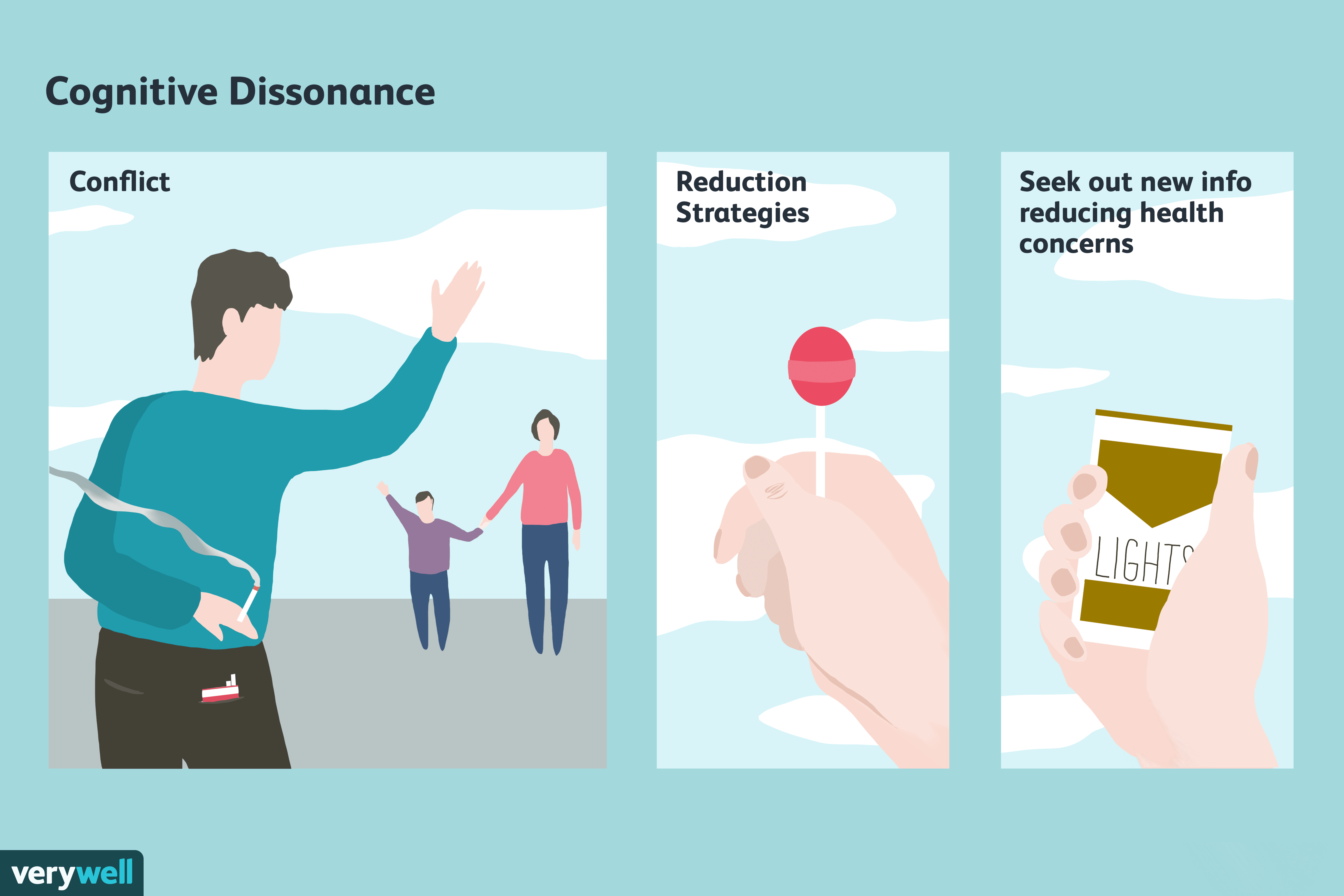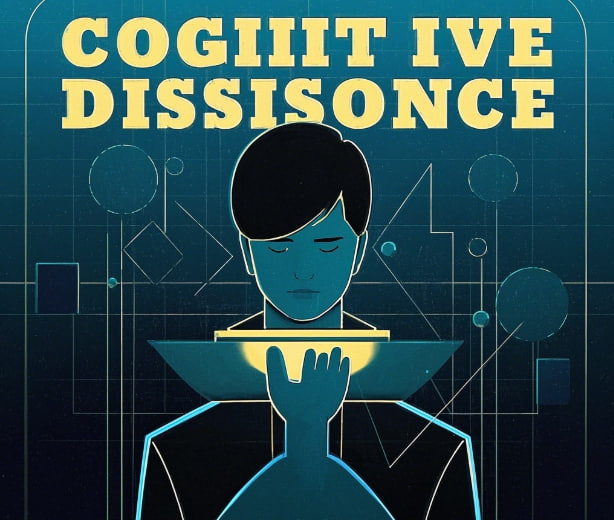One day in the transition between winter and spring, you go to school wearing a thick down jacket. You feel quite warm when you first go out, but when you arrive at school you realize that it is actually very hot. A classmate asks you, “Don’t you feel hot wearing so much?” You suddenly feel a bit embarrassed, but you insist on explaining, “I’m wearing a down jacket because the weather forecast said that there would be a big temperature difference between day and night, and wearing more can prevent catching a cold.” Have you had or observed a similar experience? In fact, there is a psychological theory behind this behavior – cognitive dissonance.
What is “cognitive dissonance”?
“Cognitive dissonance” is a social psychology theory proposed by American psychologist Leon Festinger in the 1950s. This theory attempts to explain the relationship between people’s attitudes and behaviors from a ‘cognitive’ perspective. Simply put, when there is a contradiction between a person’s inner thoughts (attitudes) and their actual actions, it will create an uncomfortable feeling. This conflict makes people feel uncomfortable, so they will try to reduce this discomfort, such as lying, distracting themselves, making excuses, etc., to ultimately restore their inner balance.
To test his theory, Festinger conducted an experiment: he asked volunteers to spend an hour repeatedly doing a boring task, such as repeatedly turning a wooden handle. Afterwards, he asked these volunteers to describe to another “volunteer” (actually Festinger’s assistant in disguise) how interesting the task was and get the other person to participate. After completing the task, the volunteers were rewarded with either $1 or $20.

The results of the experiment showed that those who received only $1 actually found the task more interesting. This is because the volunteers who received $20 felt that they were lying for the money, so they still found the task boring; while the volunteers who received only $1 felt that such a small amount of money was not enough for them to lie, so they began to change their opinions and convince themselves that the task was actually a bit interesting, thus alleviating their internal conflict.
Cognitive dissonance in life
Cognitive dissonance is ubiquitous in life. Here are some common examples:
1. Smokers’ self-comfort
Many people know that smoking is harmful to health, but some people are unable to quit. To justify continuing to smoke, they comfort themselves: “The probability of developing cancer is low, and there are also people in the world who smoke and live a long life.” In this way, they reduce their internal conflict and continue to maintain their habits.
2. Fan support for their idol
If your favorite idol is exposed for dating, causing a large number of fans to quit following them, you may be conflicted. You may not have accepted your idol dating in the first place, but because you really like him/her, you will tell yourself, “Dating is something that every adult does, it’s normal.” Then you will spread this view to your friends to support yourself in continuing to like this idol.
3. Self-deception in a relationship
If your partner treats you unfairly, for example, by being emotionally cold, verbally abusive or even physically violent, you may choose to justify their behaviour because you don’t want to arouse sympathy or because you don’t want to waste the time and energy you have invested in the relationship. You may tell yourself, “He/she is doing this because he/she loves me so much or because he/she is afraid of losing me.” Over time, you may even believe these reasons and thus numb yourself.
These are all signs of cognitive dissonance. When people face internal contradictions, they often try to reduce their psychological discomfort by changing their thoughts or finding reasonable explanations for their actions.
How can we adjust cognitive dissonance?
Severe cognitive dissonance may make us suppress our emotions and even deny our true feelings. If this situation continues, it may cause stress, low self-esteem, and even lead to depression and panic. So, how can we adjust cognitive dissonance?
1. Change attitudes or behaviors
When our attitudes and behaviors are inconsistent, the most direct way is to change one of them to re-harmonize the two. For example, if you feel that smoking is bad, then try to quit; if you feel that a certain job is meaningless, then try to change jobs. By adjusting your attitude or behavior, you can relieve the internal conflict.
2. Increase positive cognition
Another way is to increase positive perceptions of the factors that bother you. For example, if you don’t like exercising but want to stay healthy, you can tell yourself, “Although exercising is tiring, it makes me more energetic and improves my mood.” By focusing on the positive aspects of things, you can reduce the sense of internal conflict.
3. Reduce the sense of choice
Sometimes we find it easier to accept certain actions because we feel we have no choice. For example, if you have to work overtime, you can tell yourself, “It’s the company’s request, there’s nothing I can do about it.” By reducing your sense of choice, you can relax your emotions and thus reduce cognitive dissonance.
Cognitive dissonance is not scary
In life, we will inevitably encounter situations of cognitive dissonance. It is not really scary, but rather may be an opportunity for us to grow. By understanding and dealing with the contradictions between our attitudes and behaviors, we can better understand and accept ourselves, and thus meet more challenges in life.
The next time you feel conflicted, try to analyze your attitudes and behaviors, find the root cause of the conflict, and take appropriate measures to adjust. In this way, you can not only alleviate psychological discomfort, but also grow into a better version of yourself in the process.

